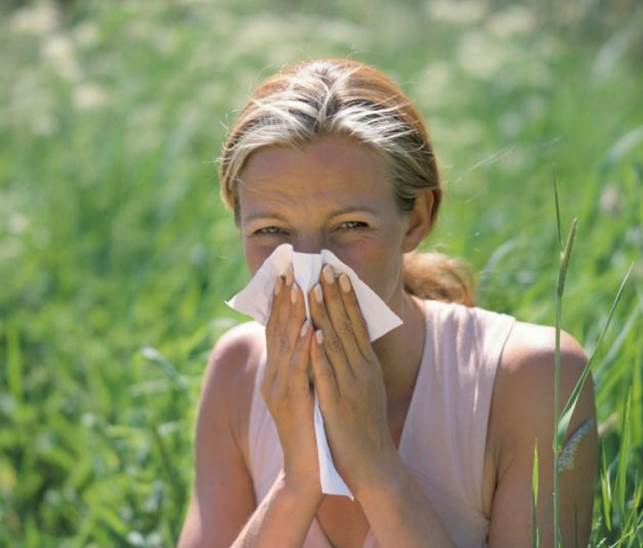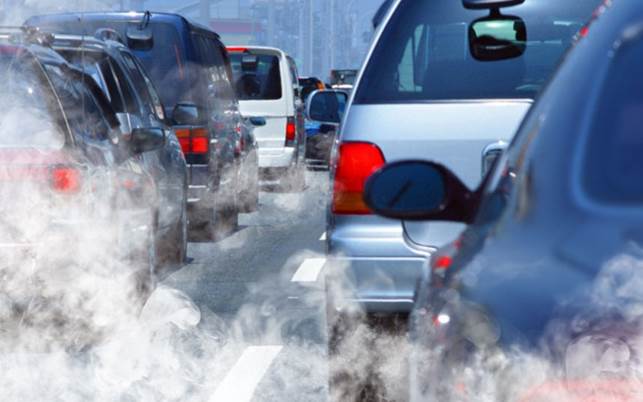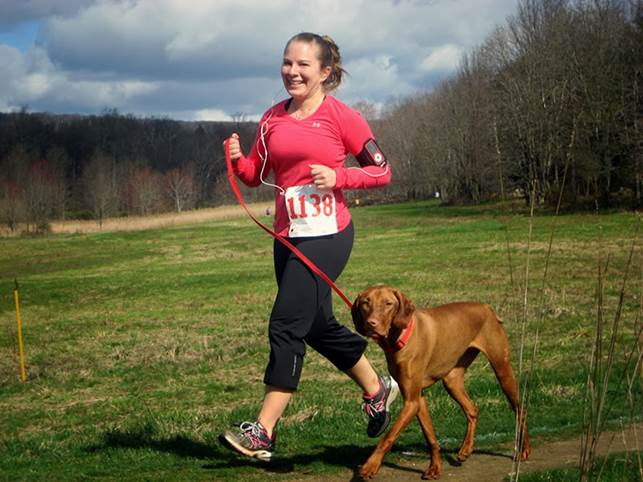Can you see it? The big ball of fire in the sky is back!
Finally, sunshine has arrived – and it couldn’t be more welcome. After all, is
there anything better for the soul than cycling, lifting, running or swimming
without itchy eyes, a runny nose and tickly throat. Ah, hay fever. Welcome
back.
If you're anything like me, the joy of exercising sans
windproof jacket, hat and gloves is soon crushed by the onset of seasonal
sniffles. And we‘re not the only ones! During the plant pollination season,
from March to July, more than 12 million people in the UK suffer an allergic
reaction to the high levels of pollen in the air. Watery eyes, a blocked nose,
itchiness in the throat, coughing and sneezing are all common symptoms of
summer allergies, and none of these signs are conducive to max performance.
Pollen problems
Not only do these summer health niggles make you pretty
uncomfortable and grumpy, hayfever can also hamper your performance by reducing
up to 80 per cent of air flow through your nostrils. It also fatigues your body
by making your immune system work twice as hard. But don‘t reach for
prescription medication just yet. Instead, try these fool-proof tactics to
reduce your exposure so you can enjoy the fresh summer air again.

Hayfever can
hamper your performance by reducing up to 80 per cent of air flow through your
nostrils
Seasonal allergies will flare up when there's a lot of
pollen in the air. Early morning tends to mark the time when counts are
highest, but pollen levels vary from day to day. Stay ahead of the game by
checking your local weather report or an online pollen forecast such as the one
on metoffice.gov.uk for high pollen counts. Dress appropriately for activity (see
‘Dress wisely’, below) when pollen counts are near 50 pollen grains per cubic
metre of air. And try to avoid logging long outdoor sweat sessions during times
when there's a lot of pollen around (counts over 50).
Avoid the rush
Where you train can be as important as when you train.
Surprisingly, research shows that hayfever is twice as common in towns as it is
in the country. Why? A ‘photochemical smog’ (caused by reactions between
sunlight and air pollution) traps pollens at ground level, so particles are
unable to escape into the upper atmosphere, and pollen concentration increases.
Traffic fumes can be responsible for up to 70 per cent of air pollutants, so
avoid training by busy roads during the rush hour. Bypass cities and towns
altogether by planning activities in a rural area. There are plenty of online
tools to help you map a green route - try mapmyrun.oom or walkit.com. Better
still, train on the beach where the sea breeze blows pollen inland.

Traffic fumes can
be responsible for up to 70 per cent of air pollutants, so avoid training by
busy roads during the rush hour
Dress wisely
The pollen count is up but you still want to train outside?
Time to dress appropriately. Pollen will stick to your hair and clothing like
mud, so avoid wearing clothing that's been outside drying on the line all day.
If you‘ve already spent a lot of time in the great outdoors, take a pre-workout
shower before exercising to wash existing pollen particles away. Then throw on
a pair of sunnies- which will prevent pollen from going in your eyes, and stick
to low-pollen areas – quiet roads and non-grassy grounds.”

Stick to
low-pollen areas – quiet roads and non-grassy grounds